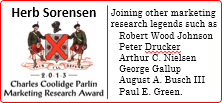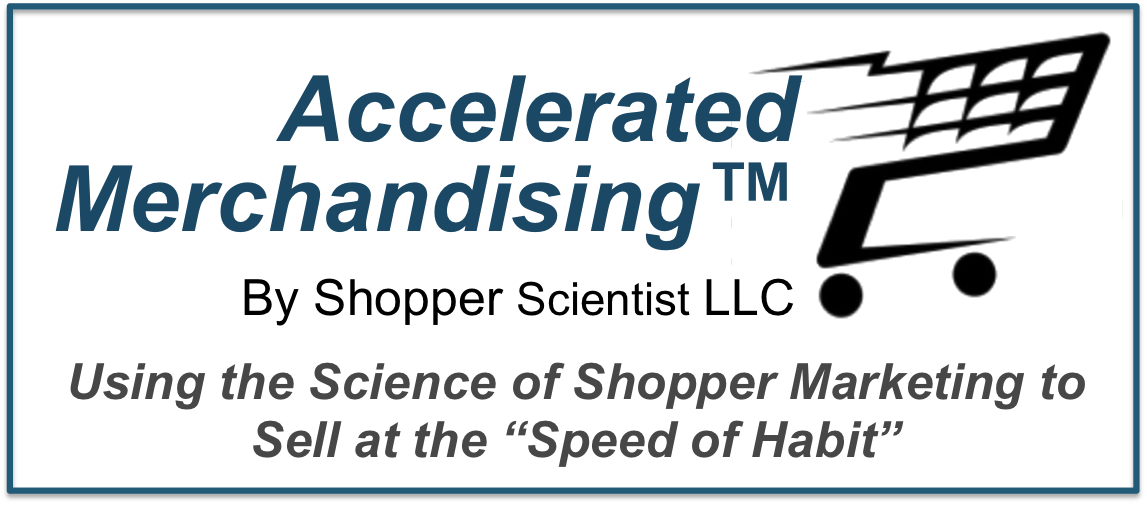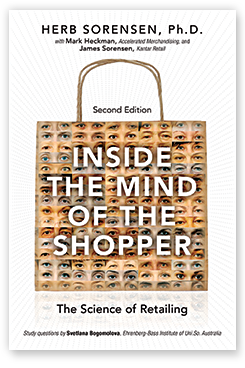Vol. 3 No. 3, 1982
'Twixt failure and success the point's so fine
Men sometimes know not when they touch the line.
Just when the pearl was waiting one more plunge,
How many a struggler has thrown up the sponge!...
Then take this honey from the bitterest cup:
"There is no failure save in giving up!"
-- Henry Austin
Counting to One
A primitive tribesman encountered a trader who wished to barter for sheep. The tribesman had previously swapped a single sheep for a tightly wrapped bundle of tobacco. When the trader now proposed two sheep for two bundles of tobacco, the tribesman reacted with confused suspicion. He held the two bundles, one in each hand, and sighted one against one sheep and the other against the other sheep. The complexity of the transaction overwhelmed the tribesman and the trader was forced to renegotiate for a single sheep for a single bundle; and subsequently for another single sheep and another single bundle.
In principal and practice the marketplace of today is not as far removed from the "countto-one" tribesman as we might imagine. But a then-and-now comparison gives clear indications of the marketing revolution that is upon us. First, some predictive principles:
- The future doesn't just happen. It is created in the present, using existing tools and resources.
- The future is largely controlled by those who vividly imagine it; and act in accordance with their vision.
- The future is created by organizing chaos: dividing and grouping by similarity and then "reassembly" to a form more pleasing and productive than chaos.
For example, in an aboriginal society there is minimal organization, production and marketing. Each produces sufficient only for his own needs. The tribesman with extra sheep has been more productive. This enriched both himself and the trader. And so the principle of division, efficiency and enrichment begins with some producing sheep, some tobacco, some trading, etc. This naturally results in massing: now we have thousands of sheep on a single ranch, thousands of acres of wheat on a single farm, thousands of automobiles from the assembly line and thousands of trading transactions in great retail emporiums. Thus, development of supermarkets was a natural consequence of the industrial revolution and its attendant massing effects. In fact, the supermarket efficiently centralized or "massed" at least parts of three important market functions:
- Advertising: through point-of-purchase displays, etc.
- Sales: acceptance of the merchant's offer by the customer.
- Distribution: delivery of the goods to the customer.
Today there are efficient countervailing forces at work to disperse and "reassemble" many of the functions centralized by the industrial revolution. All of these have radical consequences for supermarkets and the marketing of food.
Advertising
To reach millions of potential customers with an advertisement it is helpful to find these customers en mass. Network television fills the need. But now computer, cable and videotape technology are eroding the effectiveness of the networks. The day is not far hence when consumers will custom select their own programming. They will call up video catalogs and advertising at will: including food stuffs.
Sales
And with interactive (2-way) cable the customer can not only peruse the advertising, but make an immediate selection; with payment through electronic funds transfer. In fact, repetitive purchases can be programmed by the customer to occur automatically at convenient intervals.
Just as there is no need to bring customers to the store to advertise to them, there is no need for them to be there for the sale.
Distribution
It is much more costly in human effort, fuel and capital to have each order, than to have an efficient delivery system. The technology of existing automated warehouses (cases and pallets) will ultimately adapt to individual units of product. The future for parcel delivery service is very bright indeed.
Scenario of the Future
Applying predictive principles along the lines suggested above, we can see an end to the "shopping cart syndrome." The homemaker of the future will receive periodic deliveries of all the foodstuffs regularly consumed in the home. Variety will be obtained in two ways:
- Modification or supplementation of the delivery list through a home computer - video - cable hookup.
- Limited purchases at neighborhood convenience stores or of gourmet supplies at "entertainment" malls.
Obviously, this new game will be played by new rules. Instead of retailers matching items one by one against small payments (counting to one), telecommunications merchandisers will move large blocks of goods for aggregate payments (counting to n). The increased efficiency will further enrich the participants. How about you?













